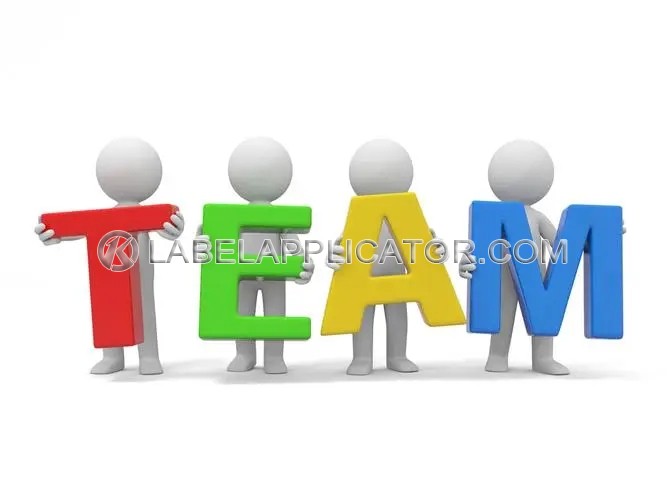Step 1: corporate culture
Corporate culture is the direction of talent strategy and lays a positive tone for talent development. It is the value of the enterprise and the code of conduct of the employees, the basis of what kind of atmosphere the organization can produce, and also the standard for employees and enterprises to use resources. We believe that a good corporate culture should meet the requirements of two aspects: it should form cohesion internally and ensure the stability of various mechanisms, processes and systems; External adaptability should be generated to enable enterprises to flexibly respond to the needs of customers and the market. A good corporate culture has four functions: making employees have a sense of mission, fully adapting to the market, improving employee participation and generating leverage.
We will use our own culture to attract talents and hire talents who agree with our own culture. After employees enter the company, we will further strengthen their identification with the corporate culture. Only in this way can employees have a sense of belonging and win their loyalty. We will use recruitment, training and development, performance management and leadership model to convey our values to employees.
Step 2: Team building
Team building is the key to talent strategy, because it directly affects the core element of talent strategy - people. Team building includes talent planning, selection and cultivation. The talent planning should first focus on the enterprise's goal: what kind of talents the enterprise needs and what kind of performance they need to create. Therefore, the evaluation of talents is the primary task.
Before recruitment, we will establish corresponding position models, and different positions correspond to different skill requirements. In general, the job model includes the professional knowledge and skills of employees, management knowledge and core competence, values, behavioral characteristics and other elements. The professional knowledge and skills of employees, as well as management knowledge and core competence, are relatively easy to observe and evaluate. The values and behavioral characteristics of employees are invisible. When recruiting and selecting employees, we will use structured behavioral interviews and other tools to evaluate them. The most difficult to measure the potential of personnel in talent evaluation will be considered from three aspects: learning ability, enterprising spirit and capacity.

Step 3: Knowledge sharing
Knowledge sharing is the booster of talent strategy. It not only integrates the individual knowledge of employees into organizational knowledge, but also precipitates it as the foundation of organizational ability improvement; It also promotes the communication between employees and improves their personal performance. Knowledge sharing needs to consider knowledge sources, information systems and sharing channels. A series of knowledge-sharing activities were carried out as follows: collecting all kinds of explicit knowledge to seek knowledge carriers that can be spread; Excavate the tacit knowledge among employees and make it explicit in various ways to form explicit knowledge; Through various platforms and channels, the above explicit knowledge can be shared among employees.
We have also established a perfect incentive mechanism to protect the reasonable interests of knowledge owners, stimulate their desire to share knowledge, and finally realize the transformation and sharing of knowledge. In combination with performance management, our company has established the evaluation index of knowledge contribution rate to enable knowledge sharers to obtain the benefits they deserve; Guide employees to share knowledge in a variety of ways, so that everyone can realize the effect and value of knowledge sharing for work improvement.
Step 4: Performance management
When an enterprise has limited resources, how to grasp the focus of talent strategy. We might as well concentrate our limited resources on recruitment, appointment and performance incentives. When it comes to performance management, its evaluation system should at least include performance objectives, employees' core competence, professional competence and potential.
Through the evaluation of different aspects of employees, decide what help to give employees and how to provide them with effective training and development opportunities and platforms. Of course, the evaluation results also become an important basis for employee motivation. However, in terms of employee incentive mechanism, we should not think about what we want to give to employees from the perspective of managers, but should think about what their needs are and how to meet their needs.
Step 5: Organizational development
For different positions, we will divide people who are ready, one or two years ready, and more than two years to be investigated. At the very least, there should be a ready successor for key positions. The talent reserve is as important as the reserve of capital, equipment and technology. After classifying employees, especially core and high-potential employees, we will establish talent development plans and talent files. In the short term, talent files can be used as a tool for succession and development planning, so that leaders can effectively carry out career and talent development planning, and do organizational inventory and talent calibration. In the long term, talent files will become the internal pool of enterprises. This is the key to ensure the sustainable development of the enterprise and make the enterprise remain invincible for a long time.
 English
English





